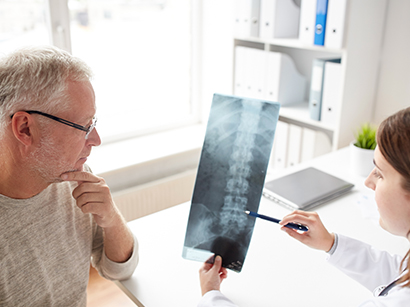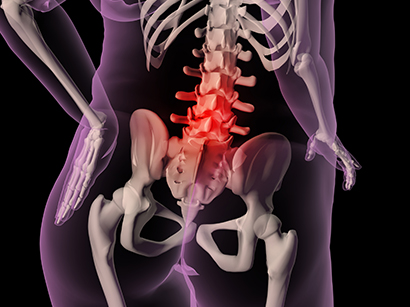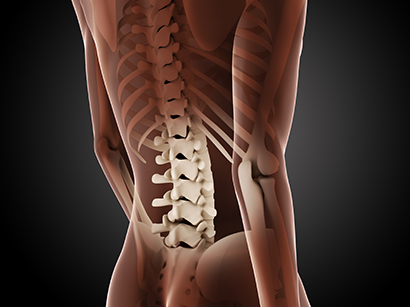Find information on diseases & conditions, and treatment & procedures
Orthopedics
Spinal Stenosis
Overview
Bones in the body become degenerative and diseased with age.
Together with the spine's degenerative bone condition
(bone spurs on the spine, thickened ligament), tumors and spinal
injuries could also compress spinal nerves and narrow down the
spinal canal. In some cases, the compression does not cause any
symptoms, however in most cases patients experience symptoms
and require treatment.


Symptoms
- Back pain
- Neck pain
- Eased pain when bending forward
- Tingling sensation, weakness on the leg or arm
- Incontinence
- Problems with balancing
- Rarely paralysis on the legs
Treatments
1. Spinal Stenosis Surgery
Nerve decompression surgery and vertebral body reconstruction surgery is
usually performed at a time of procedure. Removal of overgrown part of
spine creates rooms and thus releases the pressure on the spinal nerves.
As the nerve decompression leaves the spine unstable, reconstruction of
spine is often implemented right after the nerve decompression. Medical
screws and curved metals will be placed to fix the spine and on top of that,
bone (patient's own or artificial) will also be transplanted to make the fixation
permanently.


1) Process of procedure
- Begin general anesthesia (patient's breathing will depend on ventilating machine)
- Give incision on the surgery area
- Remove some part of spine (lamina)
- Use medical screws and shaped metals to stabilize spine
- Transplant bone on the reconstructed area to ensure permanent fixation
- Close the incision
2) Expected duration of hospital stay
- Generally the surgery itself takes 3~4 hours.
- 2 weeks of hospital stay is required for post operative care
3) Post-operative care
- Vital signs will monitored thoroughly to ensure that he or she is free of complications
- Pain will be actively managed
- Blood bags on the surgery site will be maintained for 2~3days
- Sutures or staples will be removed in 2 weeks of surgery
- Patient will be bed resting for 5~6 days (require care giver)
4) Ideal outcomes
- Symptoms related to spinal steonsis are improved
- Quality of life is raised.
5) Risks
- Blood clot formation (possible cause of heart attack, pulmonary embolism and stroke)
- Doctor will prescribe blood thinners to prevent blood clots.
- Infection,
- Nerve damage
- Spinal fluid leakage
6) Treatment cost
- The cost can vary by hospitals and depending on the number of stent used.
- Expected cost ranges from to.






 Inquiry
Inquiry Find Doctor
Find Doctor
